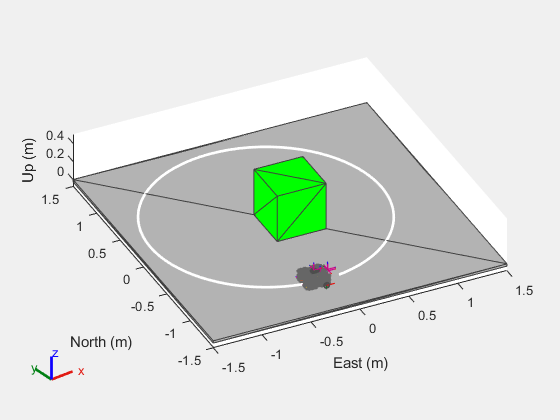robotSensor
Description
The robotSensor object creates a sensor that is rigidly attached
to a robot platform, specified as a robotPlatform
object. You can specify different mounting positions and orientations. Configure this object
to automatically generate readings at fixed rate from a sensor specified as an gpsSensor,
insSensor, or
robotLidarPointCloudGenerator
System object™ or robotics.SensorAdaptor class.
Creation
Description
sensor = robotSensor(name,platform,sensormodel)name and sensor model
sensormodel, which set the Name and
SensorModel
properties respectively. The sensor is added to the platform platform
specified as a robotPlatform
object. The platform argument sets the MountingBodyName property.
sensor = robotSensor(___,Name=Value)
Properties
Object Functions
read | Gather latest reading from robot sensor |
Examples
Version History
Introduced in R2022a
See Also
Objects
robotPlatform|robotScenario|robotLidarPointCloudGenerator|gpsSensor|insSensor|robotics.SensorAdaptor
